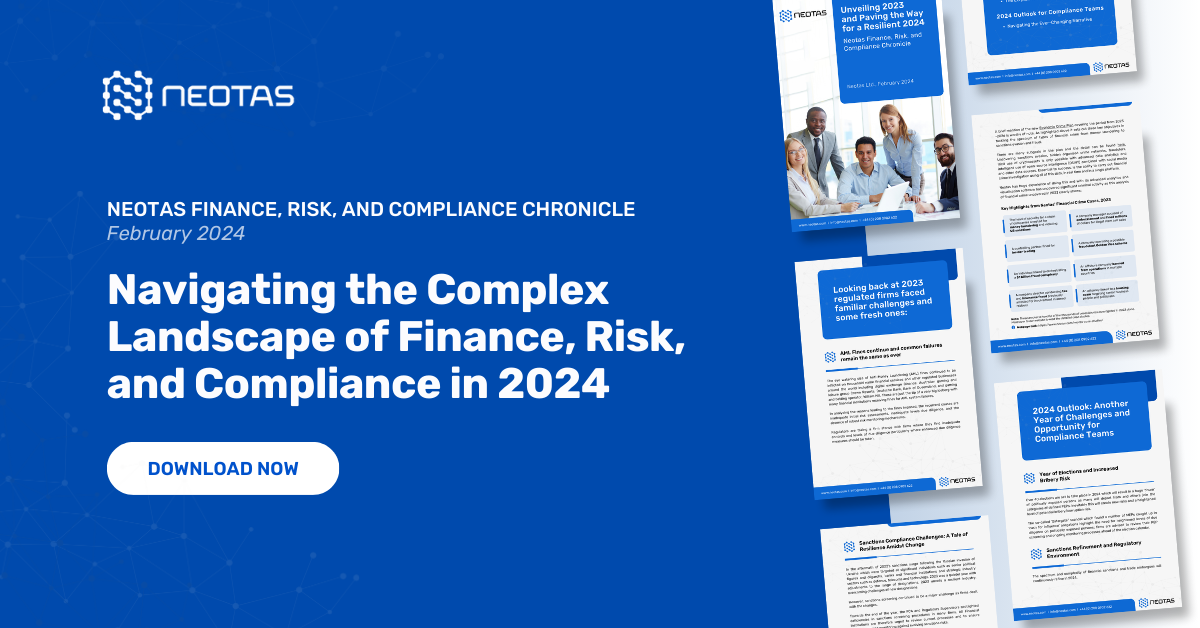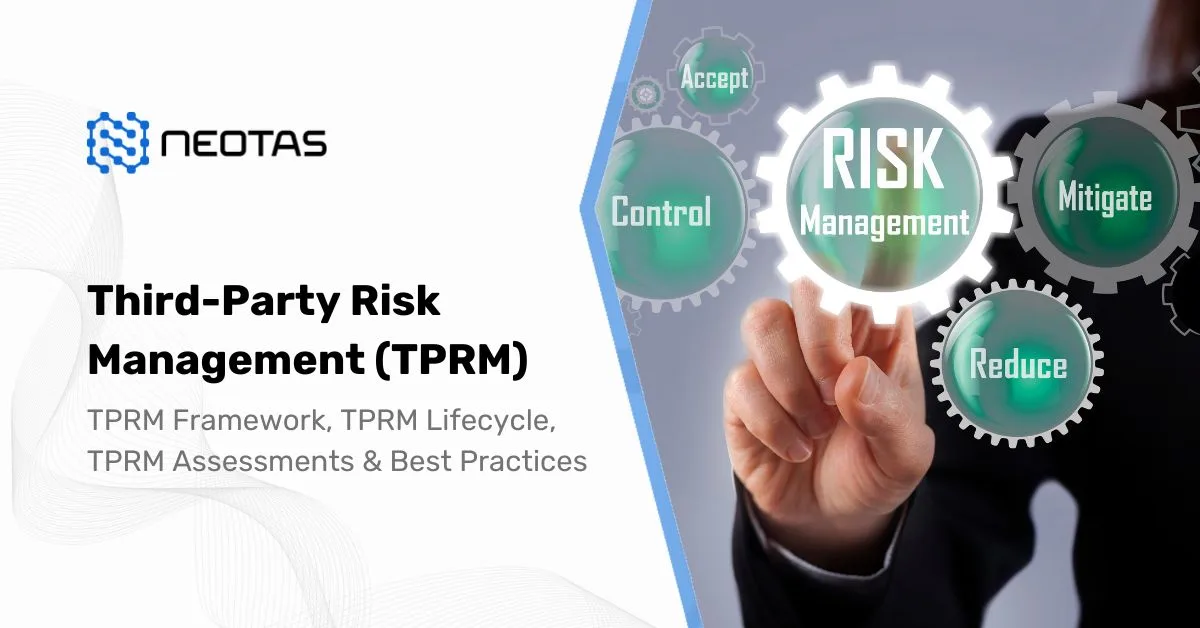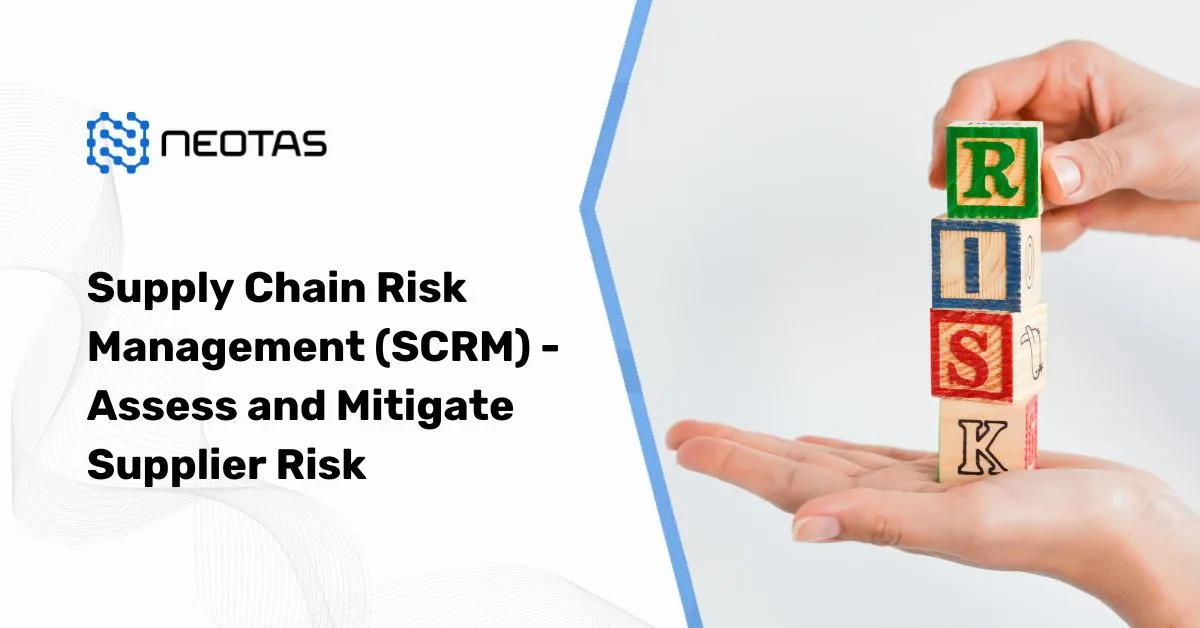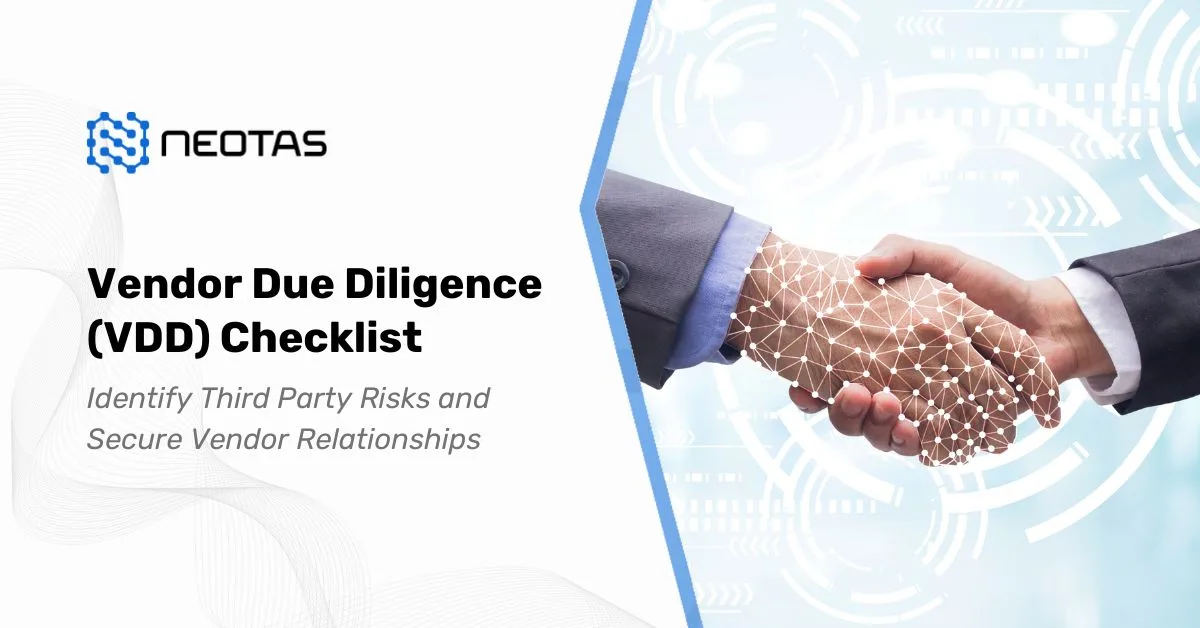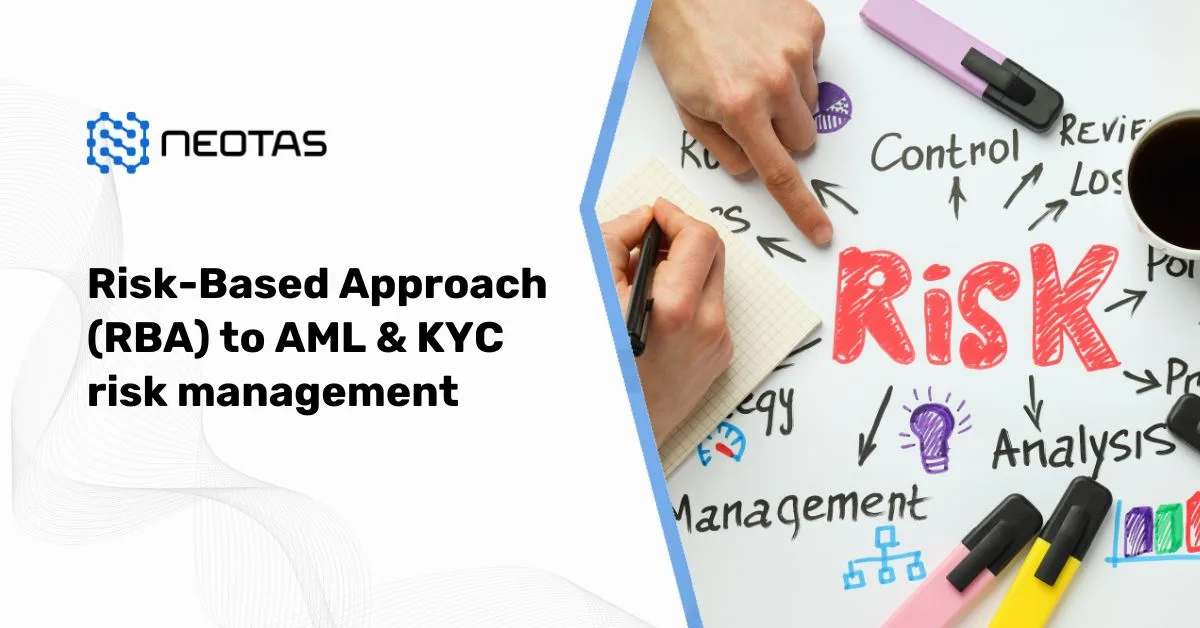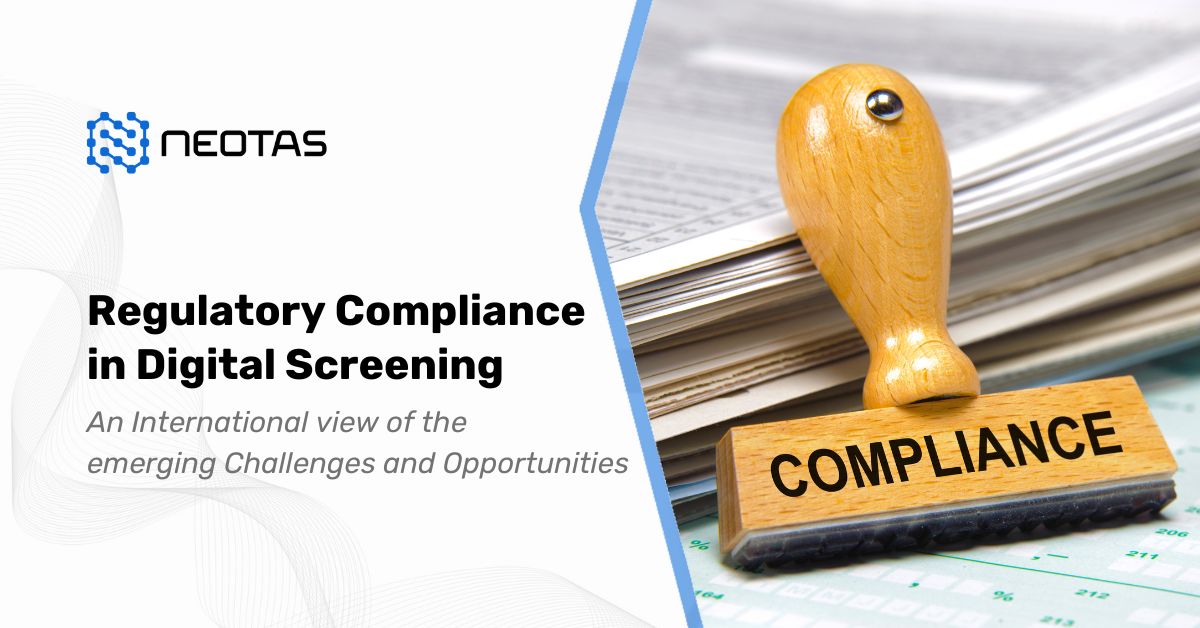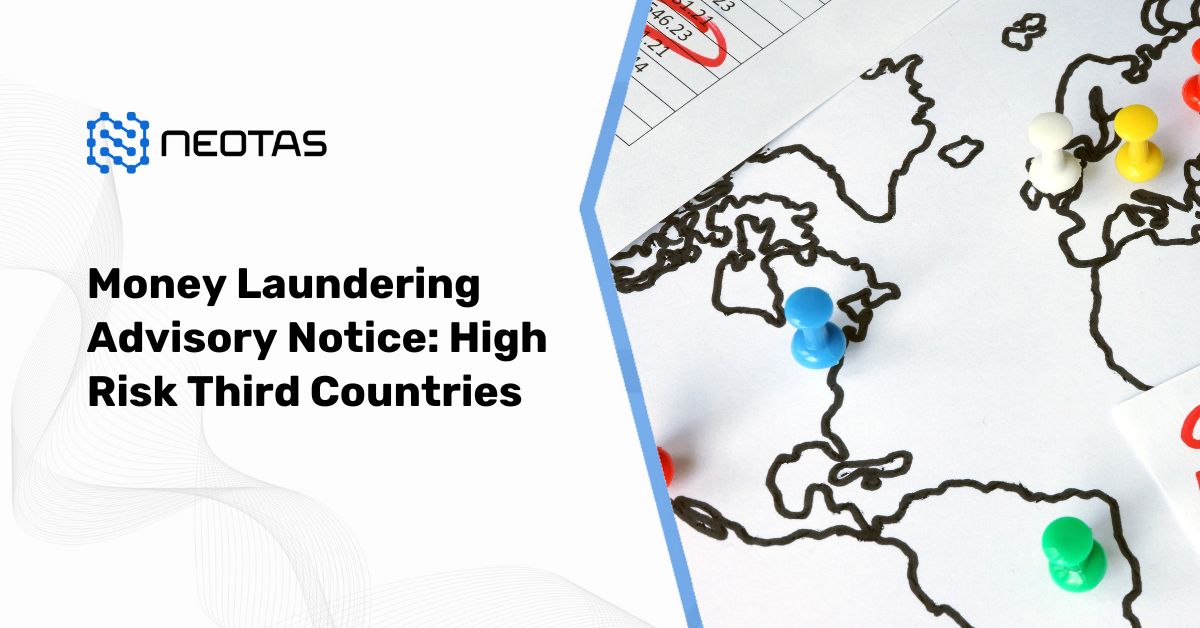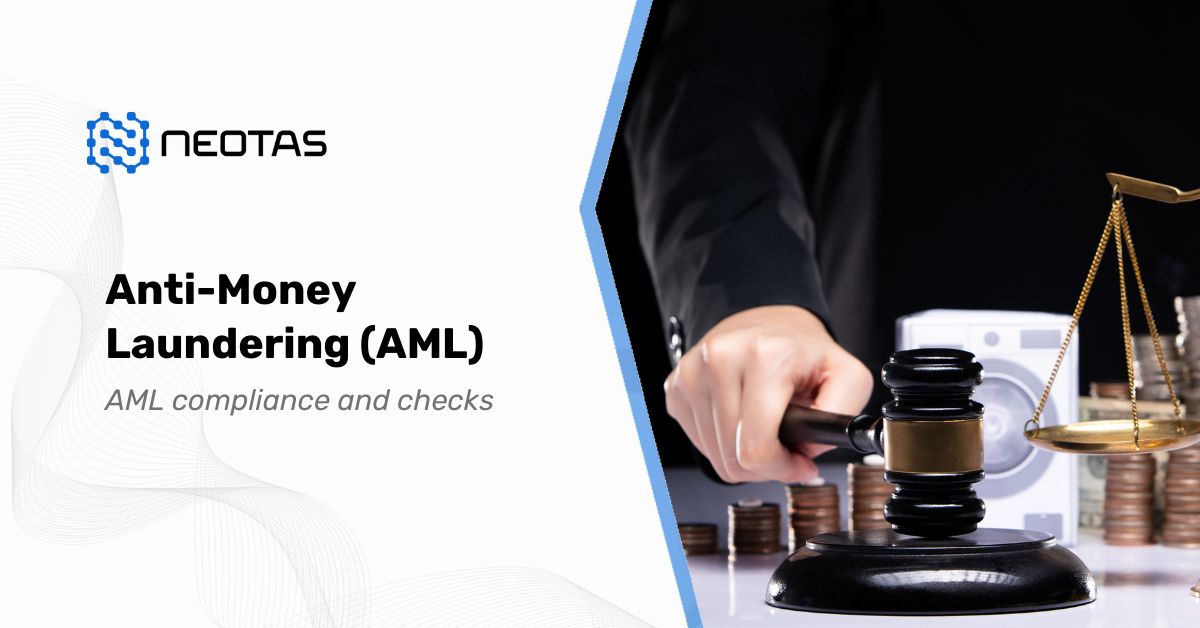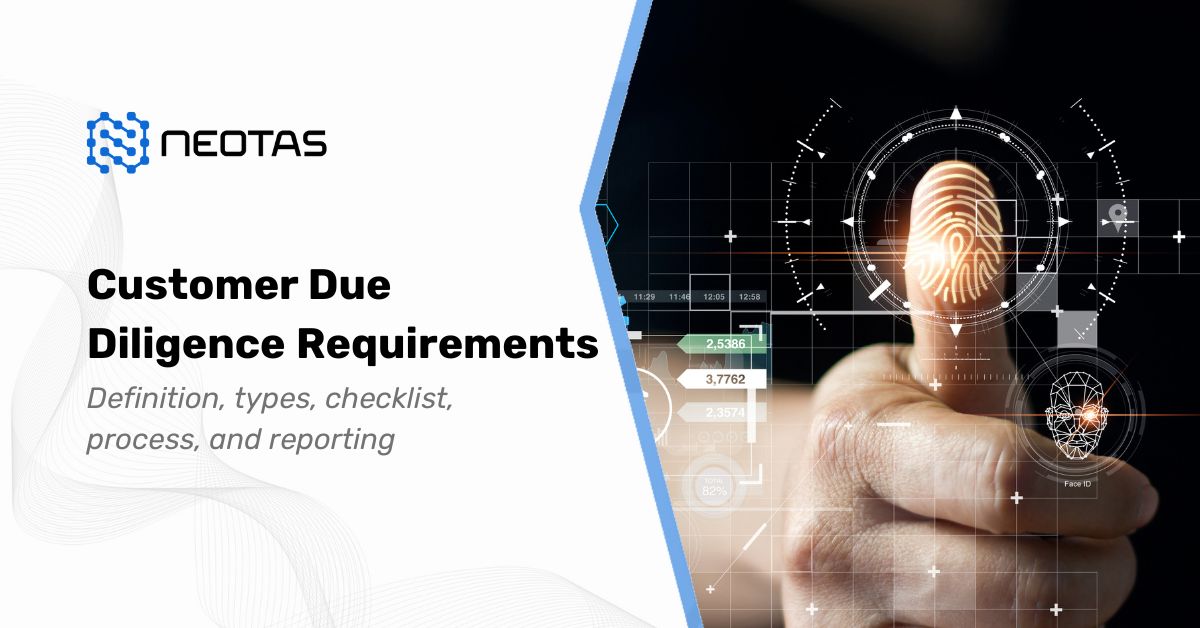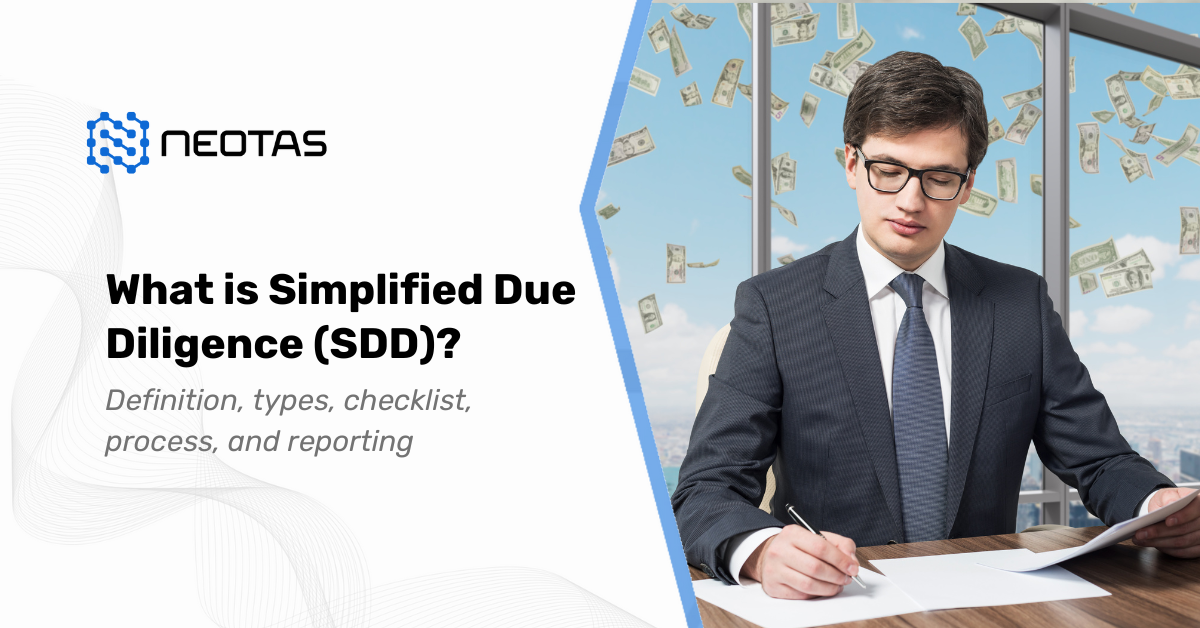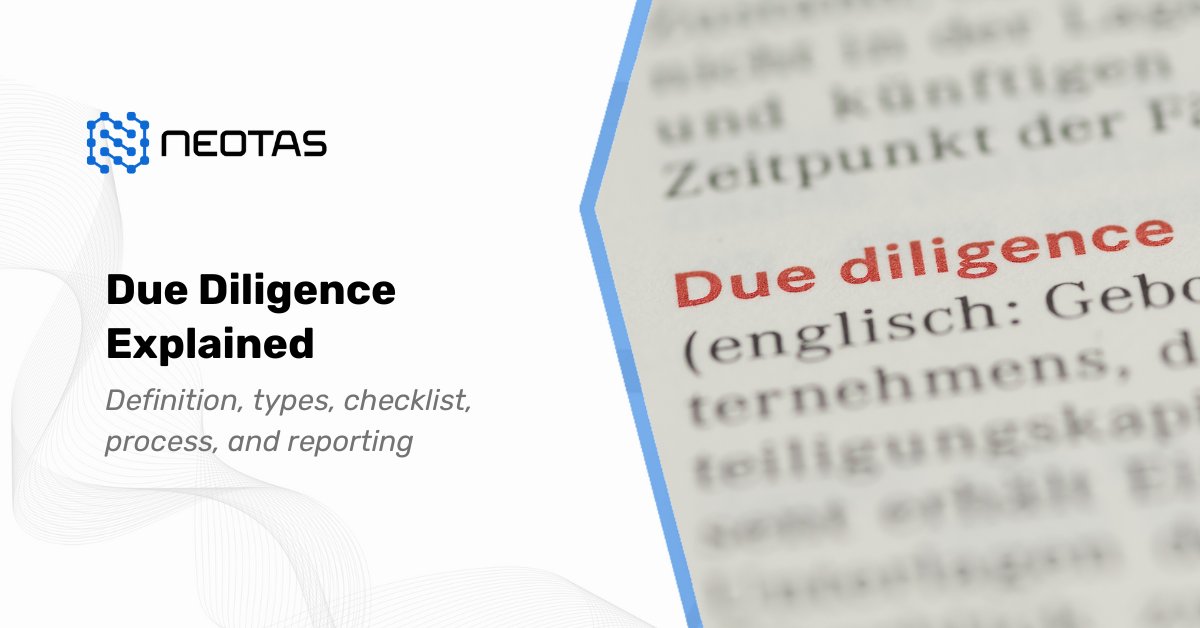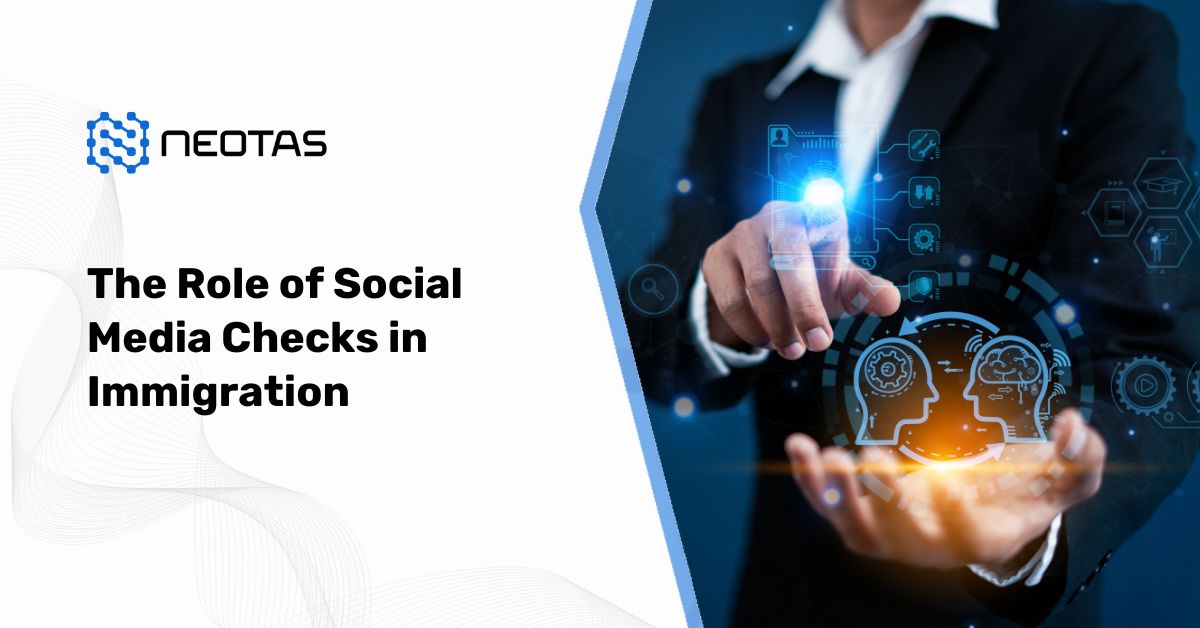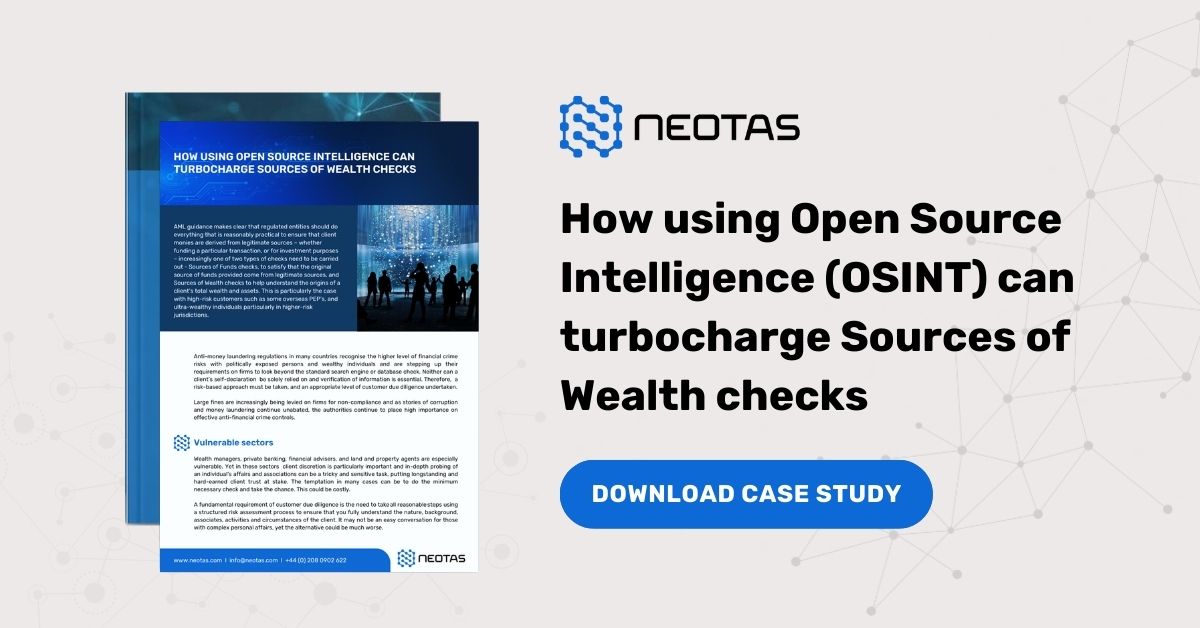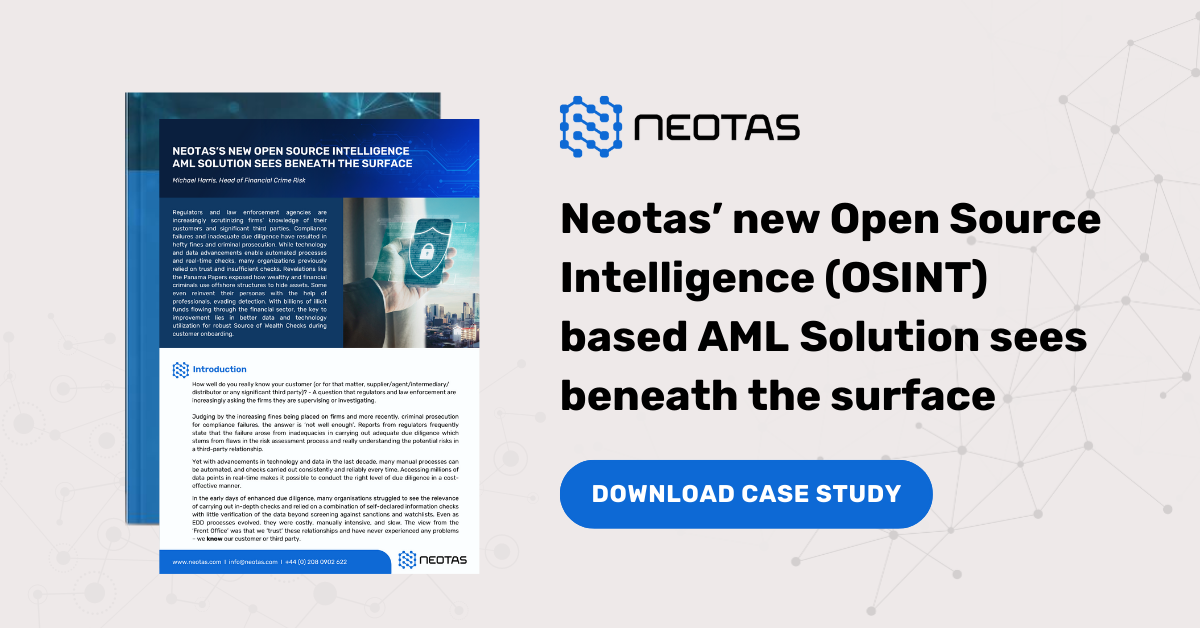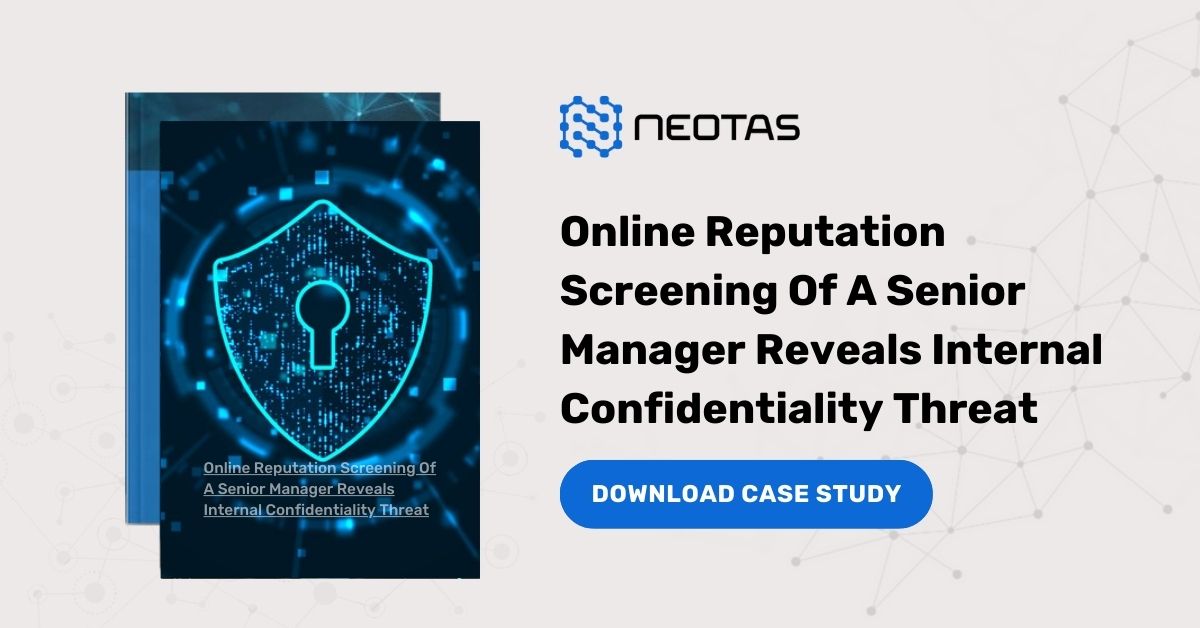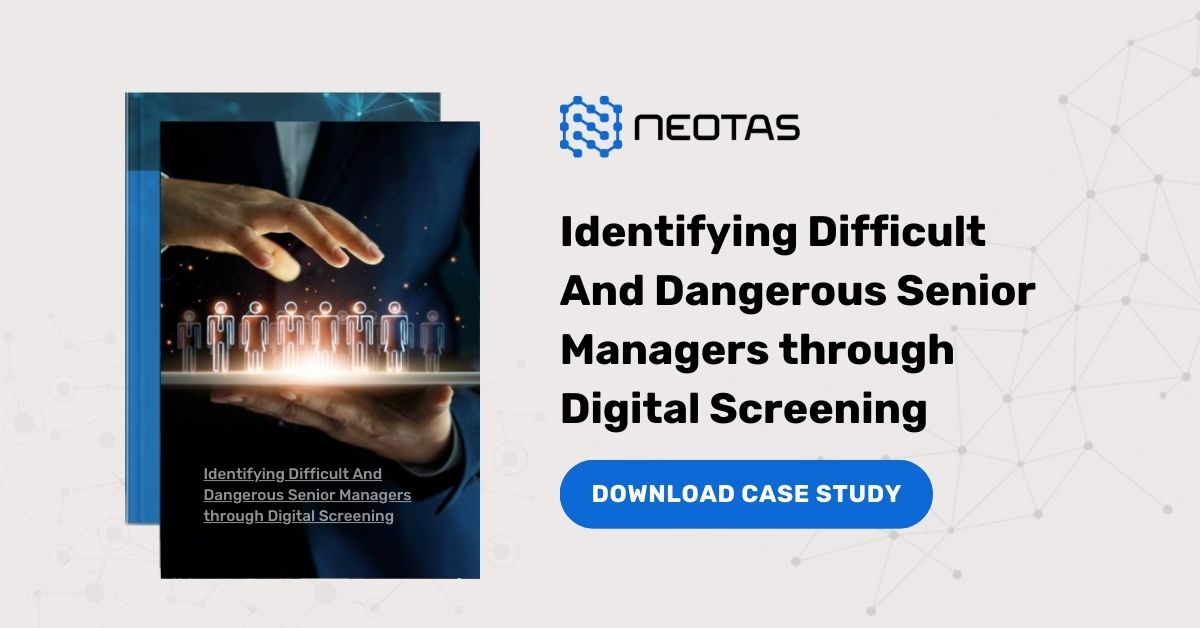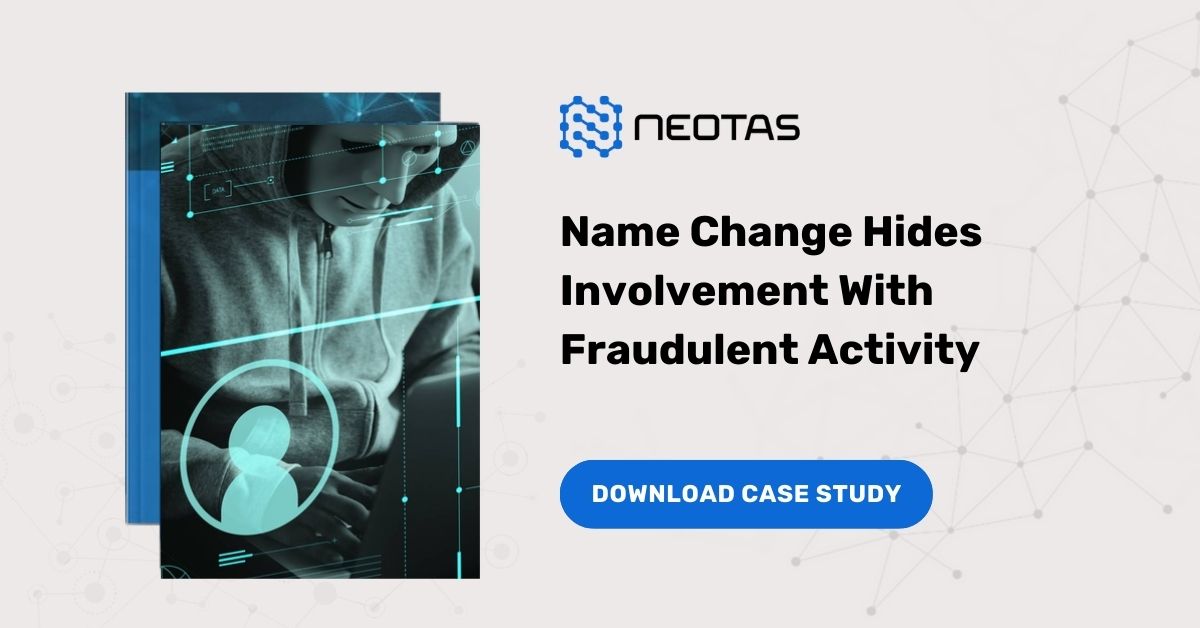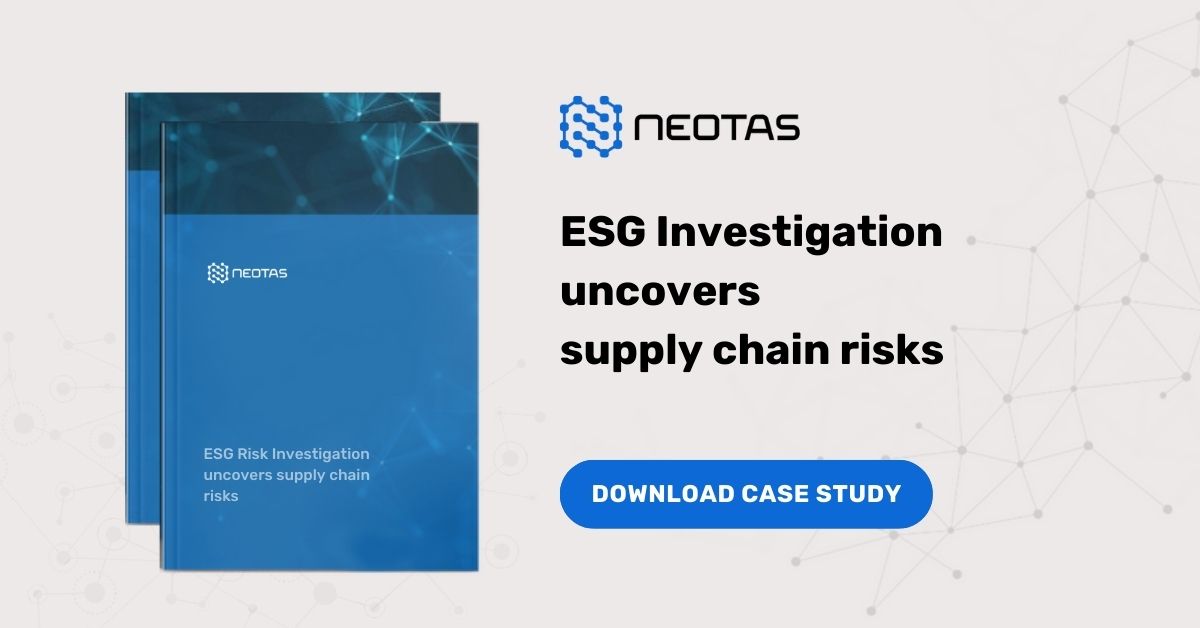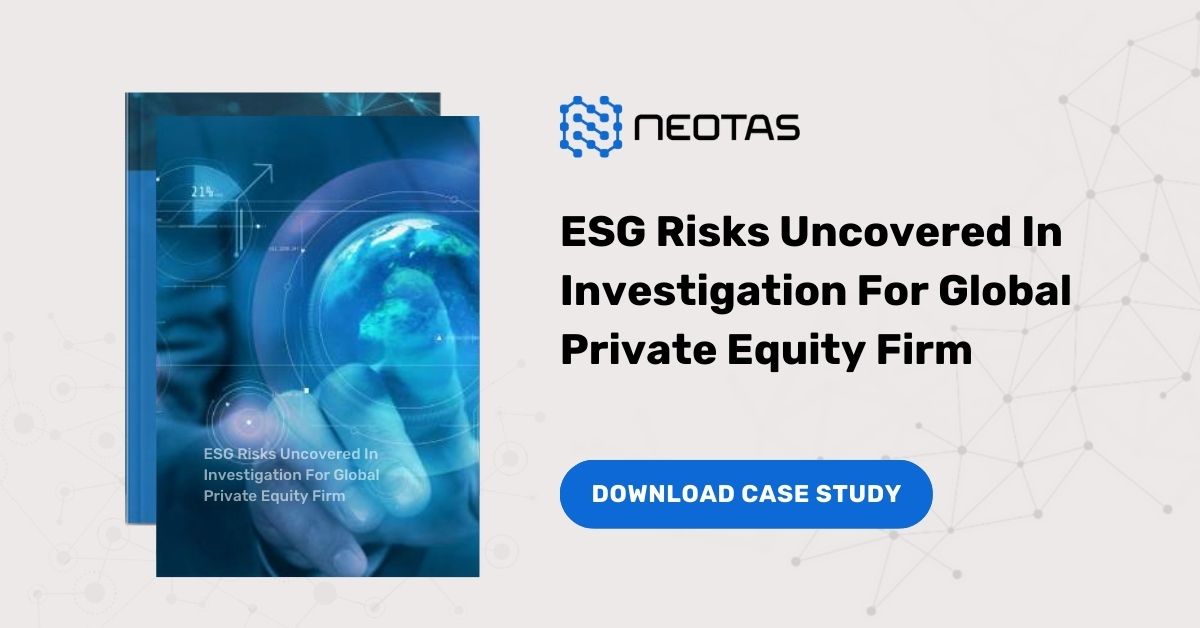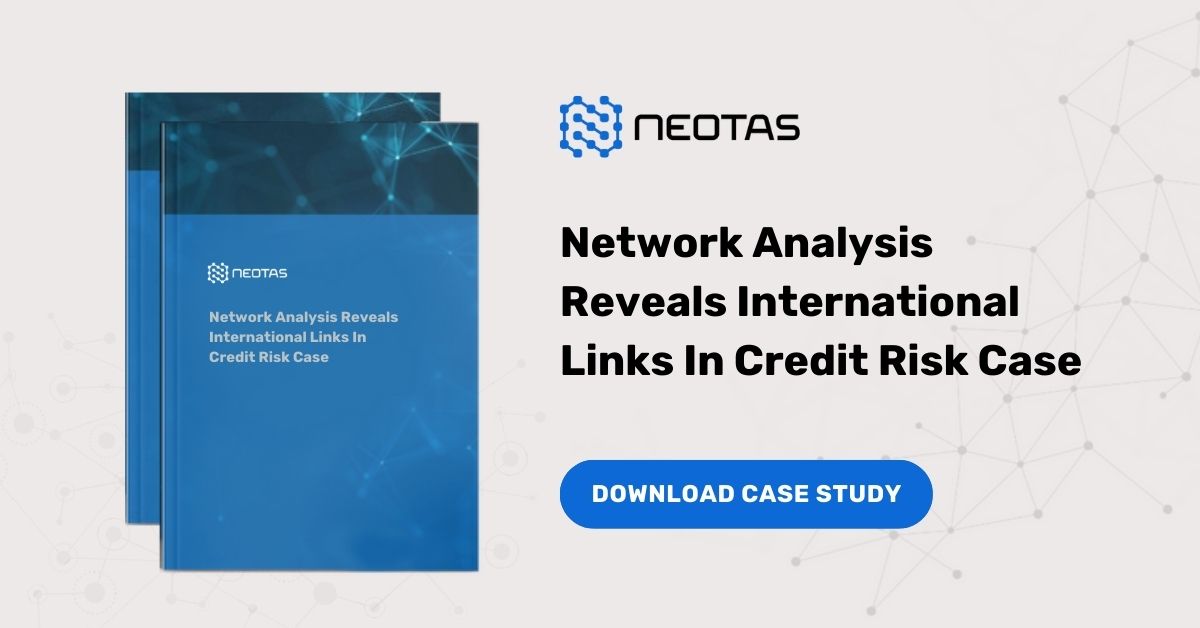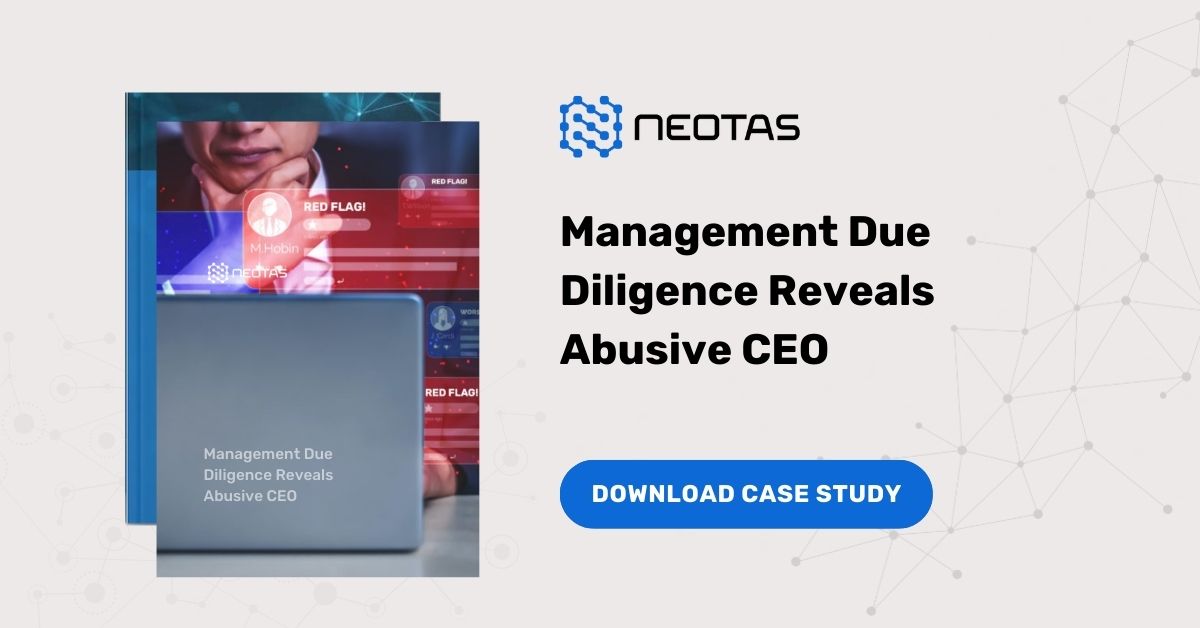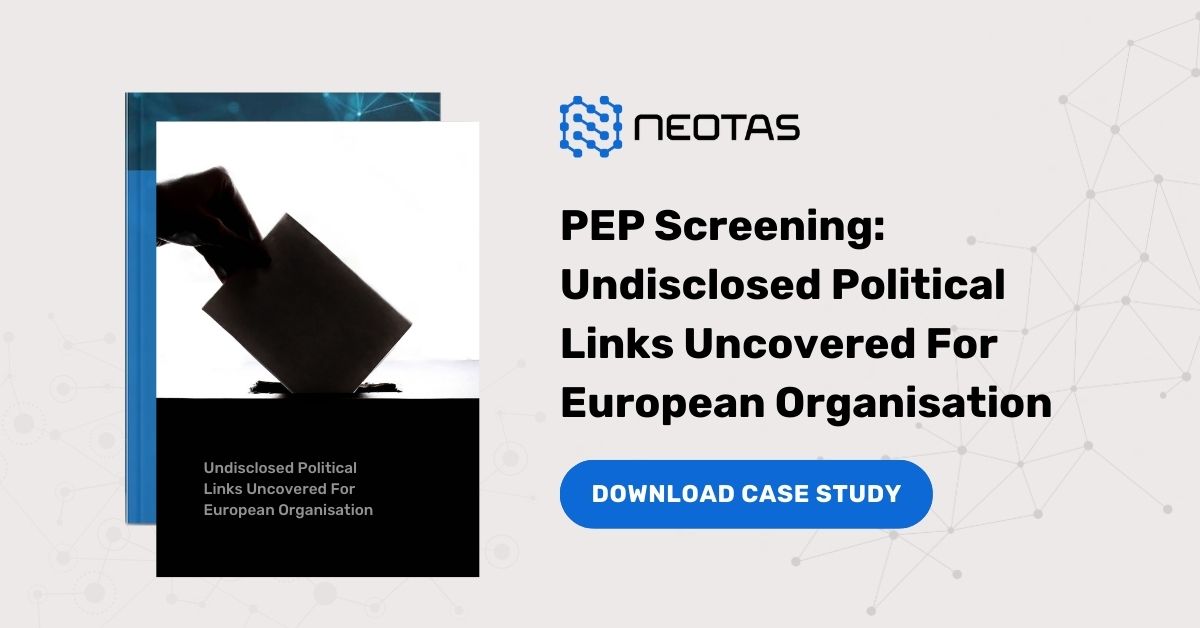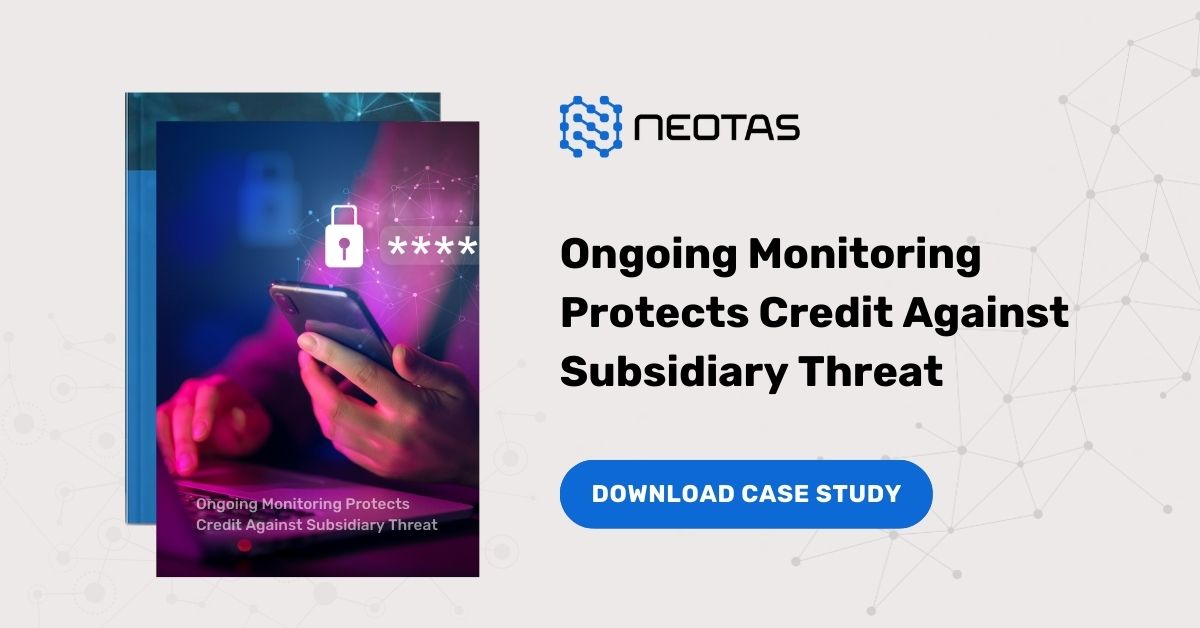Source of Wealth (SOW) Analysis
Understanding Source of Wealth (SOW) Analysis in Financial Due Diligence
Introduction
In the realm of financial due diligence, institutions employ a Source of Wealth (SOW) analysis to ascertain the origin of a customer’s accumulated wealth. This analysis is a crucial component of Enhanced Due Diligence (EDD) efforts. The Wolfsberg Group, in 2020, provided comprehensive guidance on conducting SOW analysis, outlining key areas of focus. This article aims to elucidate these areas and shed light on how governments, such as the United Kingdom, employ similar assessments to unveil potential illicit activities.
In this article, Explore the essential concept of Source of Wealth (SOW) Analysis in financial due diligence. Understand how it aids in uncovering the origins of wealth accumulation, ensuring compliance and transparency. Learn how governments employ similar assessments to combat financial misconduct.
Areas of Focus in Source of Wealth Analysis
- Family/Generational Wealth and Personal Backgrounds
The first facet of SOW analysis involves researching indicators or evidence of inherited wealth, gifts, or proceeds from divorce settlements. Additionally, wealth may stem from significant events like lottery wins or sales of high-value personal assets such as art. Analysts are advised to delve into the underlying activities that generated this wealth.
- Income, Revenue, and Business Activities
This category encompasses wealth generated through various channels, including business ownership, employment, and asset sales. It encompasses details like salaries, bonuses, commissions, and other forms of compensation from employment.
- Investment Activities
This section deals with income derived from the acquisition and disposition of investments. Analysts employ different methods to attribute a customer’s wealth, including:
- Employment History: By examining corporate associations and employment records, an evidence-based approach is taken to ascertain an individual’s salary. Additionally, this can uncover links to potentially dubious activities or financial crimes.
- Sale of Assets: This area focuses on transactions involving the sale of previously held assets, considering factors such as transaction value and any associated red flags.
- Savings, Loans, Inheritance, and Gifts: Thorough scrutiny of press and media databases can unearth stories or news coverage that reference a customer’s savings, inheritances, or other forms of income.
- Company Profits and Dividends: Publicly available corporate reports are used to scrutinize a customer’s dividend income, compensation, and the financial performance of their assets.
Government Assessment of Sources of Wealth
Governments, in addition to financial institutions, adopt a keen interest in assessing the sources of wealth behind assets and acquisitions, with the aim of uncovering potential criminal activity. In the United Kingdom, authorities have the authority to employ Unexplained Wealth Orders (UWOs) to compel individuals to disclose the sources of their funds for specific assets. Failure to provide a satisfactory explanation for the accumulation of wealth may result in the seizure of assets through court orders.
Source of Wealth (SOW) analysis is a critical component of financial due diligence, employed by both financial institutions and governments alike. It serves to uncover the origins of accumulated wealth, ensuring transparency and compliance with legal and regulatory frameworks. Understanding and effectively implementing SOW analysis is paramount in safeguarding against potential financial misconduct and illicit activities.


